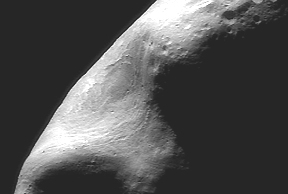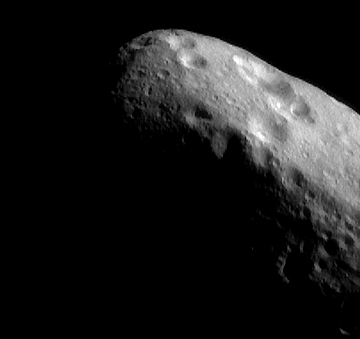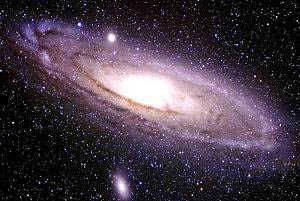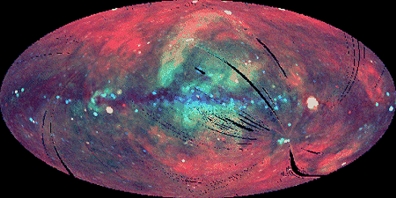1999-2000 Warmest Winter On Record
Winter for Philadelphia this year was a few cold, snowy days at the end of January into February. Before then and since, it has been unusually warm. And yesterday on March 11th, big, booming thunderstorms with lightning and heavy rain roiled around here most of the day through last night.
Click here to subscribe and get instant access to read this report.
Click here to check your existing subscription status.
Existing members, login below:









